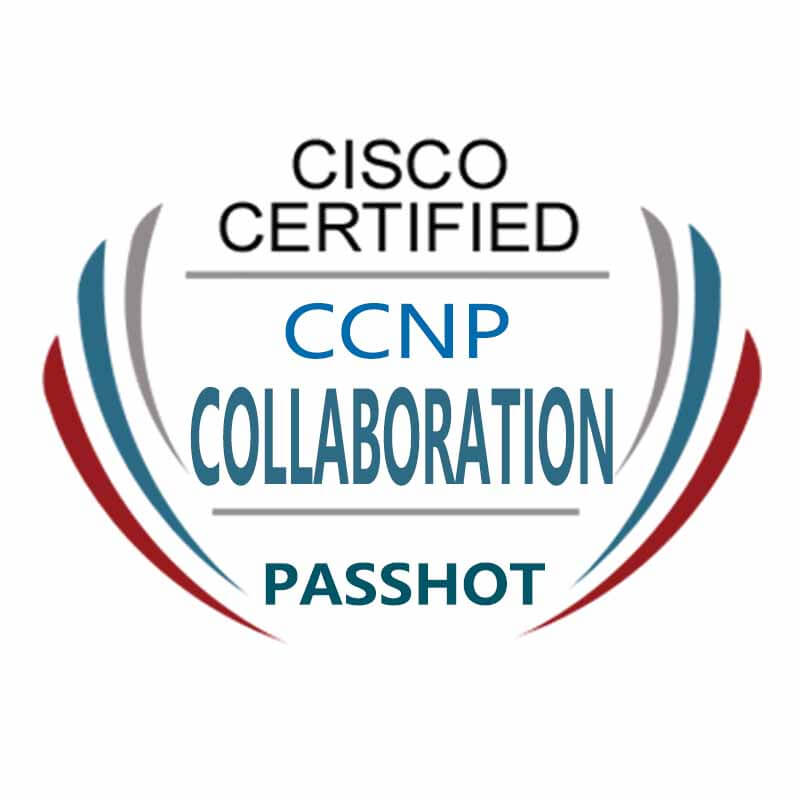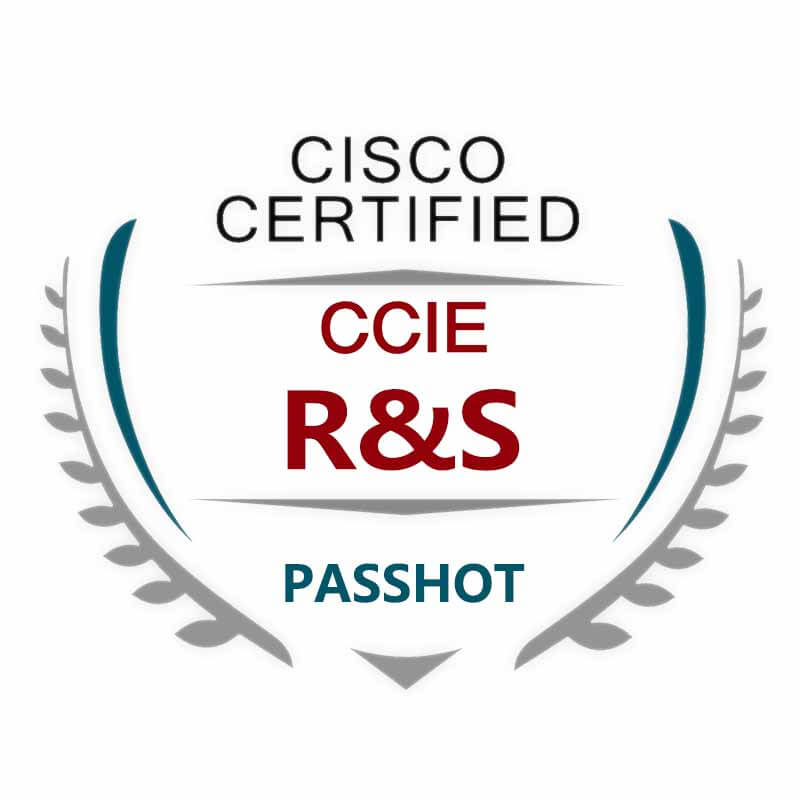100% Pass Cisco, PMP, CISA, CISM, AWS Dumps on SALE!
Get Now
01:59:56
X
Detailed VRRP technology
In the VRRP standard protocol mode, only the Master router can forward packets, and the Backup router is in the listening state and cannot forward packets. Although the creation of multiple backup groups can achieve load sharing between multiple routers, the hosts in the LAN need to set up different gateways, which increases the complexity of the configuration.
VRRP load balancing mode adds a load balancing function on the basis of the virtual gateway redundancy backup function provided by VRRP. Its realization principle is: Corresponding to a virtual IP address and multiple virtual MAC addresses, each router in the VRRP backup group corresponds to a virtual MAC address, so that each router can forward traffic.
In VRRP load balancing mode, you only need to create a backup group to achieve load sharing among multiple routers in the backup group, avoiding the problem of backup devices in the VRRP backup group being always idle and low network resource utilization. .
The load balancing mode is based on the VRRP standard protocol mode. The working mechanisms in the VRRP standard protocol mode (such as the election, preemption, monitoring functions of the Master router, etc.) are supported by the VRRP load balancing mode. VRRP load balancing mode also adds a new working mechanism on this basis.
1. Virtual MAC address allocation:
In VRRP load balancing mode, the Master router is responsible for allocating virtual MAC addresses to the routers in the backup group, and responds to different virtual MAC addresses for ARP (in IPv4 networks)/ND (in IPv6 networks) requests from the host according to the load balancing algorithm , So as to achieve traffic sharing among multiple routers. The Backup router in the backup group will not respond to the host's ARP (in IPv4 network)/ND (in IPv6 network) requests.
2. Virtual repeater:
The allocation of virtual MAC addresses enables different hosts to send traffic to different routers in the backup group. To enable the routers in the backup group to forward the traffic sent by the host, a virtual forwarder needs to be created on the router. Each virtual forwarder corresponds to a virtual MAC address of the backup group, and is responsible for forwarding traffic whose destination MAC address is the virtual MAC address.
The process of creating a virtual repeater is:
(1) After the router in the backup group obtains the virtual MAC address assigned by the Master router, it creates a virtual forwarder corresponding to the MAC address. This router is called the VF Owner (Virtual Forwarder Owner) of the virtual forwarder corresponding to the virtual MAC address. ).
(2) The VF Owner advertises the virtual forwarder information to other routers in the backup group.
(3) After the routers in the backup group receive the virtual forwarder information, they create a corresponding virtual forwarder locally.
It can be seen that the routers in the backup group not only need to create a virtual forwarder corresponding to the virtual MAC address assigned by the Master router, but also need to create a virtual forwarder corresponding to the virtual MAC address advertised by other routers.
3. The weight and priority of the virtual repeater
The weight of the virtual repeater identifies the forwarding capability of the device. The higher the weight value, the stronger the forwarding capability of the device. When the weight is lower than a certain value-the lower limit of failure, the device can no longer forward traffic to the host. The priority of the virtual forwarder is used to determine the state of the virtual forwarder: the virtual forwarder with the highest priority is in the Active state, called AVF (Active Virtual Forwarder), and is responsible for forwarding traffic. The priority of the virtual forwarder ranges from 0 to 255, of which 255 is reserved for the VF Owner. The device calculates the priority of the virtual repeater according to the weight of the virtual repeater.
4. Virtual repeater backup
If the weight of the VF Owner is higher than or equal to the lower limit of invalidation, the priority of the VF Owner is the highest value of 255, as the AVF is responsible for forwarding traffic whose destination MAC address is the virtual MAC address; other routers also receive the Advertisement message sent by AVF. A virtual forwarder will be created. The virtual forwarder is in the Listening state and is called LVF (Listening Virtual Forwarder).
The LVF monitors the status of the AVF. When the AVF fails, the LVF with the highest priority of the virtual transponder will be elected as the AVF. The virtual repeater always works in preemptive mode. If the LVF receives the Advertisement message sent by the AVF, the priority of the virtual repeater is lower than the priority of the local virtual repeater, the LVF will preempt to become the AVF.
5. Packets in VRRP load balancing mode
Only one type of message is defined in the VRRP standard protocol mode-VRRP advertisement message, and only the Master router periodically sends this message, and the Backup router does not send VRRP advertisement message.
①Advertisement message: Not only used to advertise the status of the backup group on the device, but also used to advertise the information of the virtual forwarder in the active state on the device. Both the Master and Backup routers send this message periodically.
②Request message: If the router in the Backup state is not a VFOwner (Virtual Forwarder Owner), it will send a Request message to request the Master router to assign a virtual MAC address to it.
③ Reply message: After receiving the Request message, the Master router will assign a virtual MAC address to the Backup router through the Reply message. After receiving the Reply message, the Backup router will create a virtual forwarder corresponding to the virtual MAC address. This router is called the owner of the virtual forwarder.
④Release message: After the expiration time of the VF Owner reaches a certain value, the router that takes over its work will send a Release message to notify the routers in the backup group to delete the virtual forwarder corresponding to the VF Owner.
The above is the news sharing from the PASSHOT. I hope it can be inspired you. If you think today' s content is not too bad, you are welcome to share it with other friends. There are more latest Linux dumps, CCNA 200-301 dumps, CCNP Written dumps and CCIE Written dumps waiting for you.
Cisco Dumps Popular Search:
ccna ccda ccna on macbook ccie security v4 lab workbook narbik ccie service provider blueprint ccna interview questions and answers ccnp 350-401 udemy ccie sample lab questions ccna data center book ccna test question cisco ccnp switch exam questions
Copyright © 2025 PASSHOT All rights reserved.






